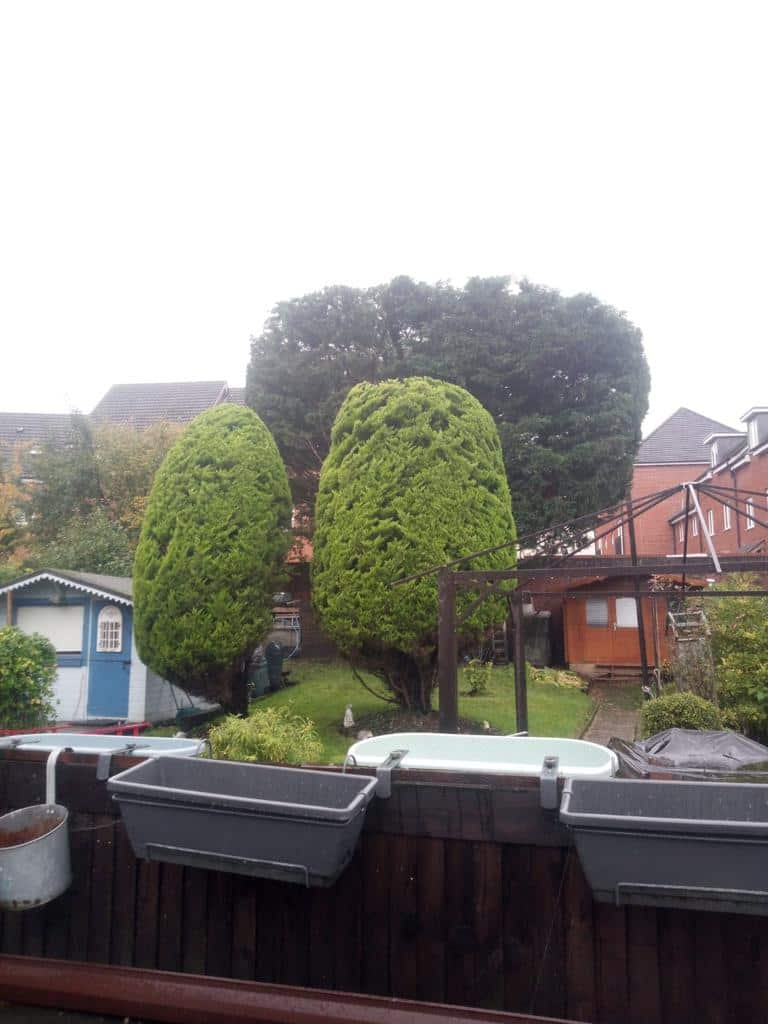Trees are an asset to any property — they provide shade, beauty, and environmental value. However, they can also pose risks if not properly maintained. Weak, dead, or overextended branches may appear harmless, but under the right conditions, they can become dangerous. Proactive branch removal is one of the most effective ways to maintain a tree’s health and stability while preventing accidents. At LM Tree Surgery Hayling Island, we specialise in identifying and removing hazardous branches before they have the chance to fail, ensuring the safety and longevity of trees across Hayling Island, Hampshire.
Why Proactive Branch Removal Is So Important
Many property owners only consider tree work after a branch has already fallen — often after damage has occurred. The goal of proactive branch removal is to prevent such situations by addressing potential hazards early. By spotting and resolving structural weaknesses before failure, you safeguard your property, nearby structures, and the tree itself.
Key Benefits of Proactive Tree Maintenance
- Prevents property damage from falling limbs during storms or high winds.
- Protects the health of the tree by removing diseased or decaying wood.
- Encourages balanced growth, reducing strain on the main structure.
- Improves appearance and shape, enhancing kerb appeal.
- Extends the lifespan of the tree, promoting sustainable, healthy growth.
When done correctly, branch removal supports the tree’s long-term stability without compromising its natural beauty.
Identifying Hazardous Branches Early
Recognising which branches pose a threat is not always straightforward. Some signs of weakness are subtle and may only be apparent to a trained eye. At LM Tree Surgery Hayling Island, our experienced arborists assess each tree individually, looking for the early indicators of structural risk.
Common Warning Signs Include:
- Cracks or splits where branches meet the trunk.
- Dead or decaying wood, often visible as brittle, discoloured, or hollow sections.
- Crossing or rubbing branches that cause wounds and weaken the bark.
- Unbalanced growth on one side of the tree, increasing strain during strong winds.
- Tight V-shaped junctions, which are structurally weaker than U-shaped unions.
- Previous pruning wounds that haven’t healed properly, inviting rot and pests.
By identifying these issues early, professional tree surgeons can take action before structural failure occurs.
The Role of Professional Assessment
While it may seem simple to cut back a few branches, effective and safe pruning requires technical knowledge. Professional arborists consider multiple factors before removing any branch — including the tree’s age, species, structure, and growth direction.
At LM Tree Surgery Hayling Island, we assess not only the branch in question but also how its removal will affect the entire tree. Proper pruning supports even weight distribution, reduces leverage on limbs, and maintains the tree’s natural form. Removing too much or cutting in the wrong place can harm the tree and create new hazards, which is why expertise is essential.
How Proactive Branch Removal Works
A structured, professional approach ensures both safety and tree health.
1. Inspection and Risk Analysis
The process begins with a detailed inspection to identify dead, diseased, or poorly attached branches. Each potential hazard is evaluated for risk level — for example, whether the branch overhangs a building, footpath, or driveway.
2. Selective Pruning
Only the necessary branches are removed to preserve the tree’s integrity. Cuts are made at the correct points — usually just beyond the branch collar — to promote natural healing and reduce the risk of decay.
3. Crown Balancing
After removing heavy or damaged branches, the remaining canopy is balanced to maintain stability. This helps prevent uneven weight distribution that could lead to new stress points in the future.
4. Clean-Up and Post-Care
Once the work is complete, the area is cleared of debris and the tree is inspected to ensure it remains structurally sound and aesthetically pleasing.
This methodical process ensures that every action taken benefits both the safety and the long-term health of the tree.
The Link Between Weather and Branch Failure
Hayling Island experiences varying weather conditions, including strong coastal winds and occasional heavy rain. These environmental factors place stress on trees, particularly those with existing weaknesses. A branch that seems stable in calm weather can quickly become a hazard in a storm.
Proactive branch removal reduces these risks by eliminating weak or overloaded limbs before they are exposed to extreme conditions. It’s a preventative measure that saves both time and worry during unpredictable weather.
Maintaining the Tree’s Health and Aesthetics
Removing damaged or diseased branches does more than improve safety — it also promotes better tree health. When weakened branches are cut away, the tree can redirect energy to new, strong growth. It also allows more sunlight and air circulation through the canopy, reducing the likelihood of fungal infections or pest infestations.
A professionally maintained tree not only lives longer but also enhances the landscape around it. Balanced, healthy trees add visual harmony and increase the overall appeal of gardens and outdoor spaces.
Why Choose Professional Tree Surgeons
Attempting to remove branches without the right tools or knowledge can be dangerous. Incorrect cuts can cause unnecessary wounds, imbalance, or decay. Professionals like LM Tree Surgery Hayling Island use specialised techniques and safety equipment to perform the work efficiently and with care.
Our team ensures that every tree is handled responsibly — maintaining its health while reducing potential hazards. We understand the local conditions in Hayling Island, Hampshire, and apply that knowledge to deliver effective and lasting results.
When to Schedule Branch Inspections
Regular tree inspections are the best way to prevent unexpected failures. We recommend professional assessments:
- After major storms or strong winds.
- During seasonal maintenance (typically late winter or early spring).
- When you notice visible damage, cracks, or deadwood.
- Before construction or landscaping work near tree roots.
These routine checks help ensure that small issues don’t develop into serious risks.
Conclusion
Proactive branch removal is one of the most effective ways to prevent hazards before they happen. By identifying and addressing structural weaknesses early, you protect your property, extend your tree’s lifespan, and maintain its natural beauty.
At LM Tree Surgery Hayling Island in Hayling Island, Hampshire, we take a preventive approach to tree care — ensuring that every tree we maintain remains safe, healthy, and well-balanced throughout the year. Our expert team is committed to keeping local landscapes thriving while helping property owners avoid the costly consequences of neglected maintenance.
Call us on: 023 8235 2063
Click here to find out more about LM Tree Surgery Hayling Island
Click here to complete our contact form and see how we can help with your tree needs.

